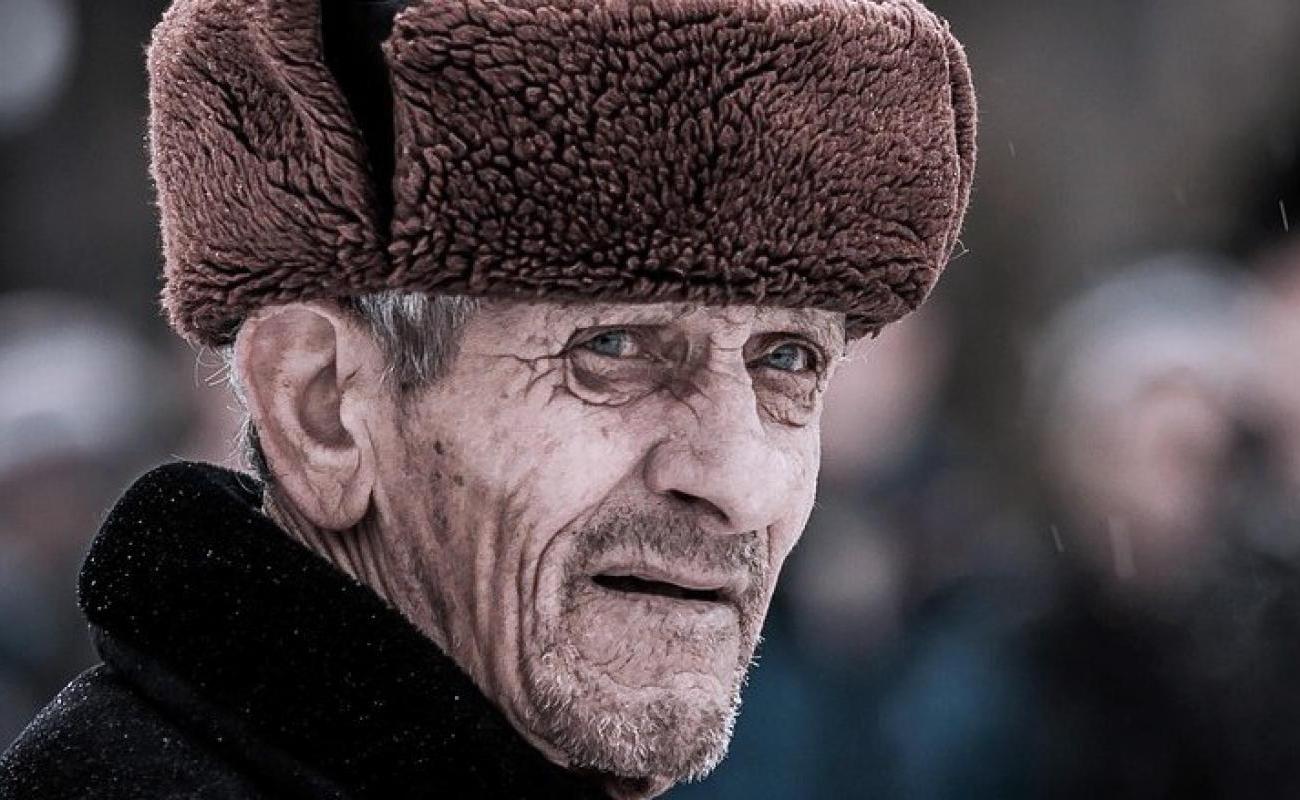Reports From Regions Show The Cost of Putin’s War Outside Moscow – Analysis

Russian President Vladimir Putin has primarily recruited soldiers from non-Russian republics and poorer but predominantly ethnically Russian regions to keep his February 2022 full-scale invasion of Ukraine from having an immediate effect on the more politically febrile population of Moscow.
Republics and regions have been offering large sign-up bonuses to meet the Kremlin’s recruitment targets (see EDM, October 24, 2024). The outsized combat losses of the republics and regions have garnered significant local media attention because the Kremlin has adopted the late-Soviet “criticize but do not generalize” media strategy. This approach enables local media to report on regional developments honestly, as long as they do not portray problems as systemic. By doing so, local media gain certain authority, as they report on-the-ground realities, while allowing the Kremlin to dismiss broader criticisms as anecdotal. The loss of men from some non-Russian and poorer ethnic Russian locations is now so staggering, however, that attention is growing beyond local coverage commensurate with its immense social and demographic impact on Russia.
Moscow has recruited a disproportionate share of the male population from non-Russian republics and from the poorer predominantly ethnic Russian regions since the Kremlin’s full-scale invasion of Ukraine (see EDM, April 4, 9, 16,30, 2024). It has long been recognized that these groups have suffered disproportionate combat deaths in Ukraine (Kedr, May 8).
Few attempts to come up with overall combat losses by the Russian forces in Ukraine have devoted much attention to the ethnic or regional breakdown of these costs because non-Russians form a relatively small part of the country’s population and because Moscow has cut back on the release of combat death statistics (see EDM,December 21, 2023, September 4).
Over the last several weeks, this lack of coverage has been addressed with the release of a slew of articles that focus on the differences in deaths in non-Russian and low-income regions compared to Moscow and other major cities (Window on Eurasia, August 26).
Three articles published in the past week are emblematic of this trend, with one covering losses among poorer, predominantly ethnic Russian regions than from non-Russian republics. The first, by the independent Lyudi Baikalamedia outlet in Irkutsk, says that of the more than 9,000 men drafted from the Irkutsk Oblast and the Buryat Republic at the start of the war, approximately a third have died or been permanently disabled.
Independent reports by local media and individuals strongly suggest that the number of soldiers and the number of deaths from Irkutsk and the Buryat Republic have increased since Moscow stopped publishing such statistics.
The second article, by the independent Important Stories outlet, adds that one in four soldiers recruited from the Tomsk Oblast has been killed, wounded, or is missing in action (Important Stories, September 19). Important Storiesstates that it has gained access to previously unpublished data from the region’s military recruitment authorities, but notes that the figures cover only the first round of recruitment and have likely increased in the years since.
The third article from the Okno Press project published interviews from the Kamchatka settlement of Sedanka, where half of the draft-age men signed up to fight in Ukraine, and many lost their lives (Okno, September 20). The men who have returned from the Kremlin’s war against Ukraine complain that local officials are willing to spend enormous sums on the erection of monuments to their contribution to the war effort, but nothing to fix up their houses and schools. In many cases, their homes do not have plumbing or central heating and are collapsing. At least some of them wonder why they fought and some of their fellows died in Ukraine when there is so much that needs to be done at home.
These stories have not been picked up by the Moscow media, largely due to Putin’s media strategy. The strategy, an updated version of the Kremlin’s “criticize but do not generalize” approach during the final decades of the Soviet Union, meant that journalists could report on specific problems as long as they did not suggest that the problems were systemic. Talking about a bad road in one place was usually acceptable, but suggesting that Soviet highway construction was deeply flawed was not.
Gorbachev’s glasnost policy, which lasted into the early years of Putin’s rule, further relaxed constraints on media and speech in Russia. Especially since his full-scale invasion of Ukraine, Putin has brought back “criticize but do not generalize” in his effort to control the media. Journalists in Russia can generally still report on local problems, as long as they do not suggest that these issues reflect systemic problems or imply that blame falls on Kremlin-backed officials. By allowing coverage of local events, the Kremlin ensures that the media is less at odds with what people observe while still avoiding any criticism of Kremlin policy.
The return of the “criticize but do not generalize” policy also affects foreign coverage of issues inside Russia. Most foreign journalists rely on Moscow media, so they often fail to read local media or cover local stories, limiting themselves in ways that favor the Kremlin. It is possible, however, for those who want to understand the Russian reality to look at local media and connect the dots.
This strategy was pioneered by many of the best Soviet specialists in the West. It is a tradition that should be revived if the West is to fully understand Putin and his regime. As the three articles cited above demonstrate, Western experts must focus on both the non-Russian republics and poorer, predominantly ethnic Russian regions, places that seldom attract much attention but could hold the key to understanding Russia’s future (Window on Eurasia, March 2, 2024).
